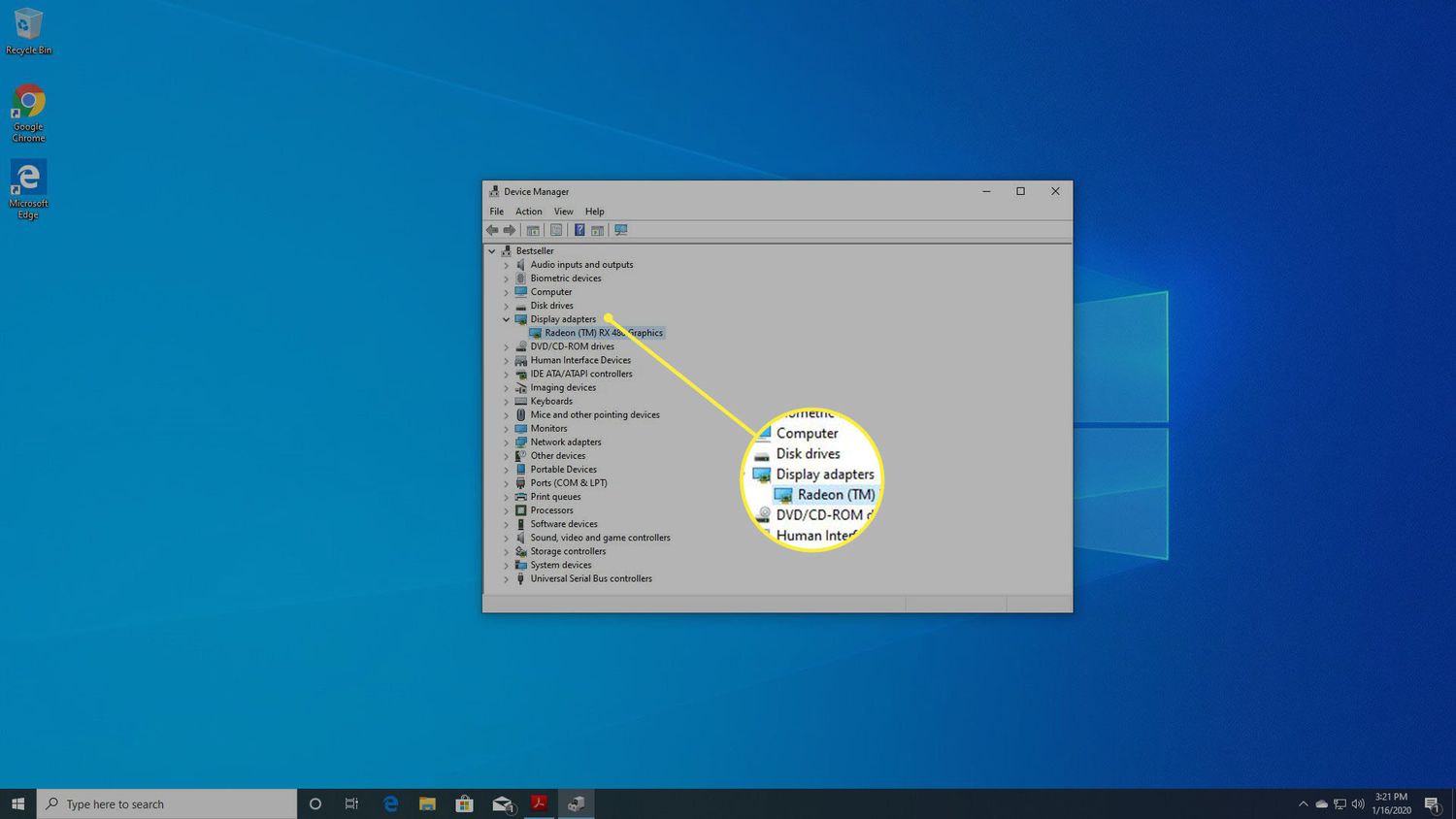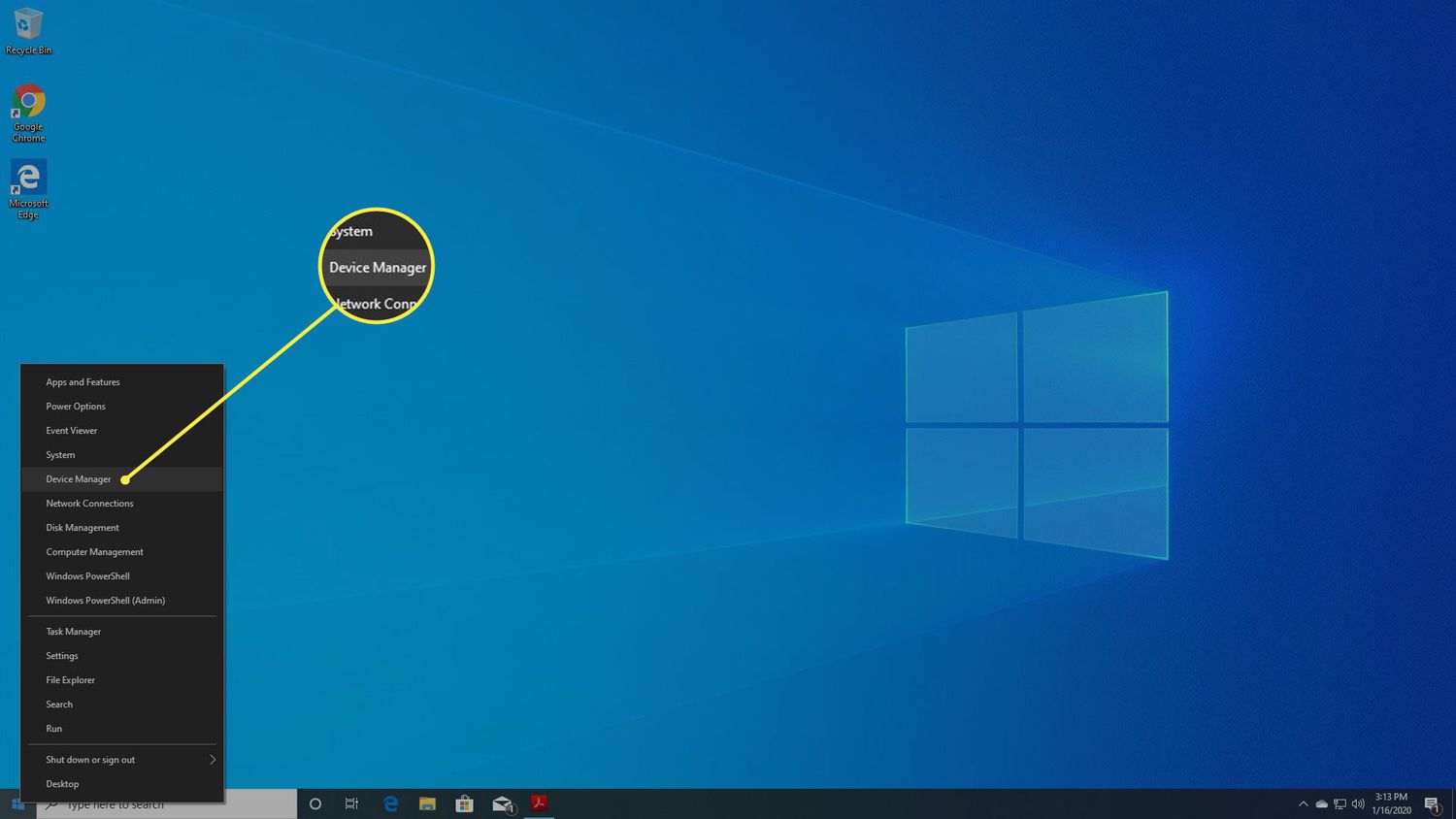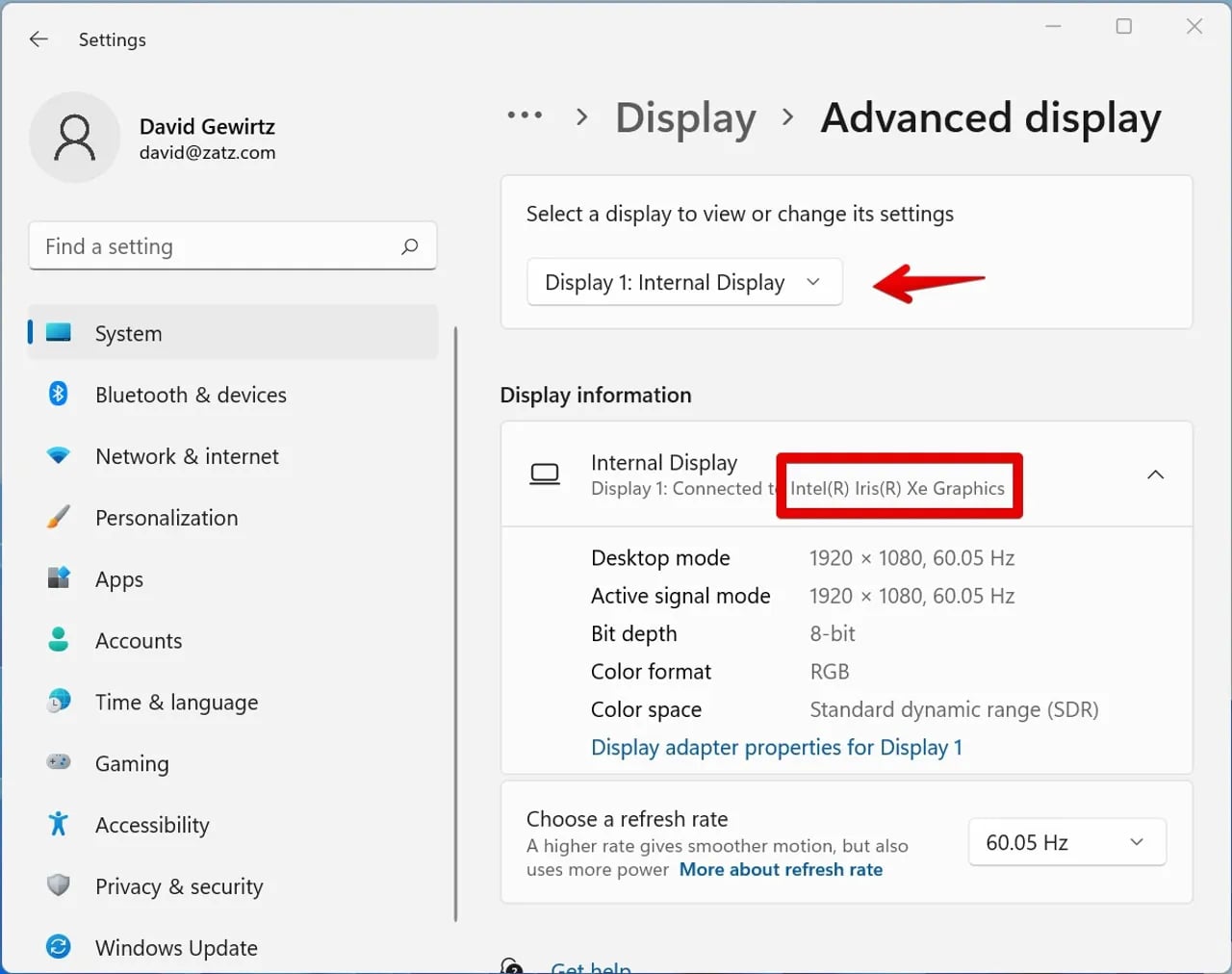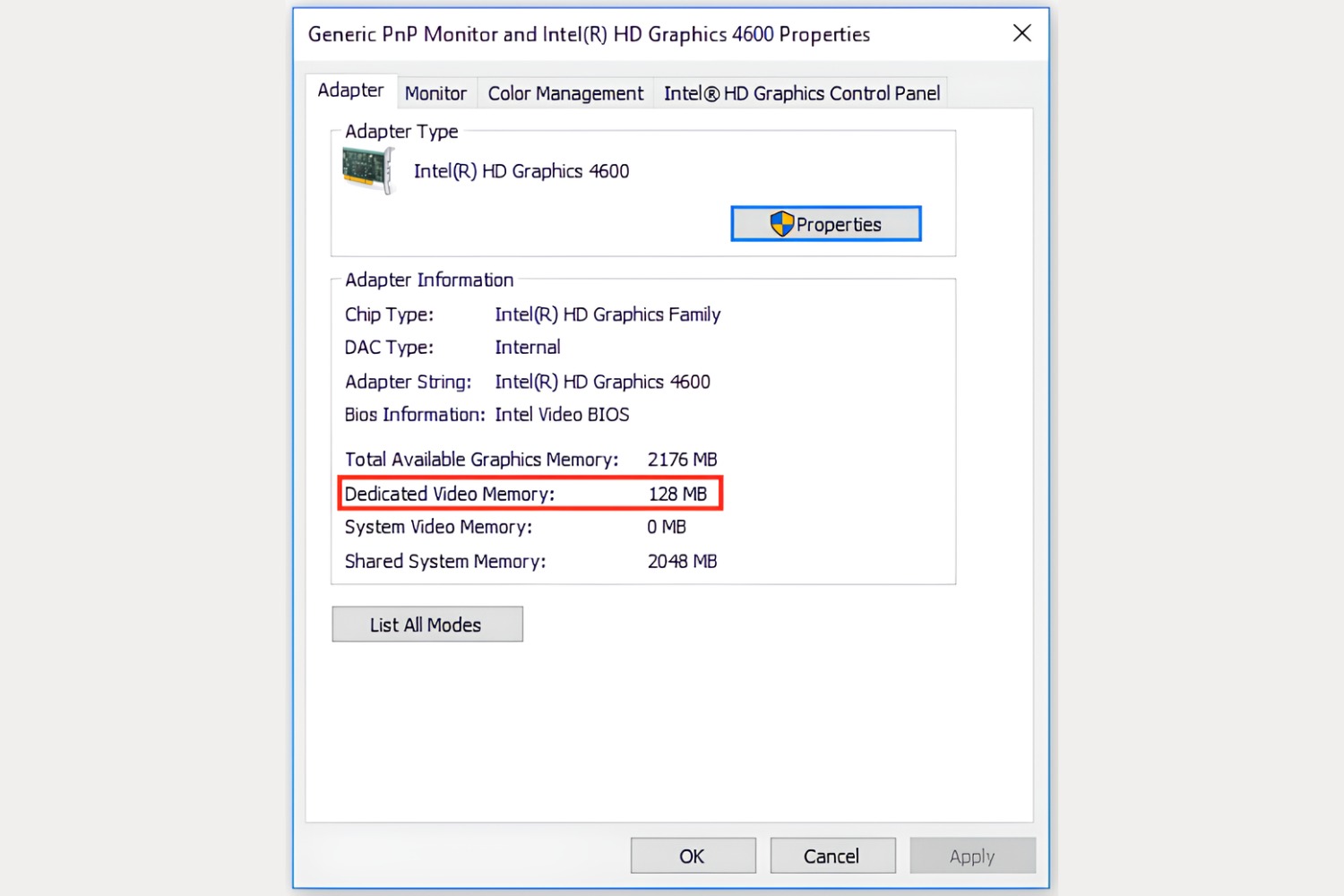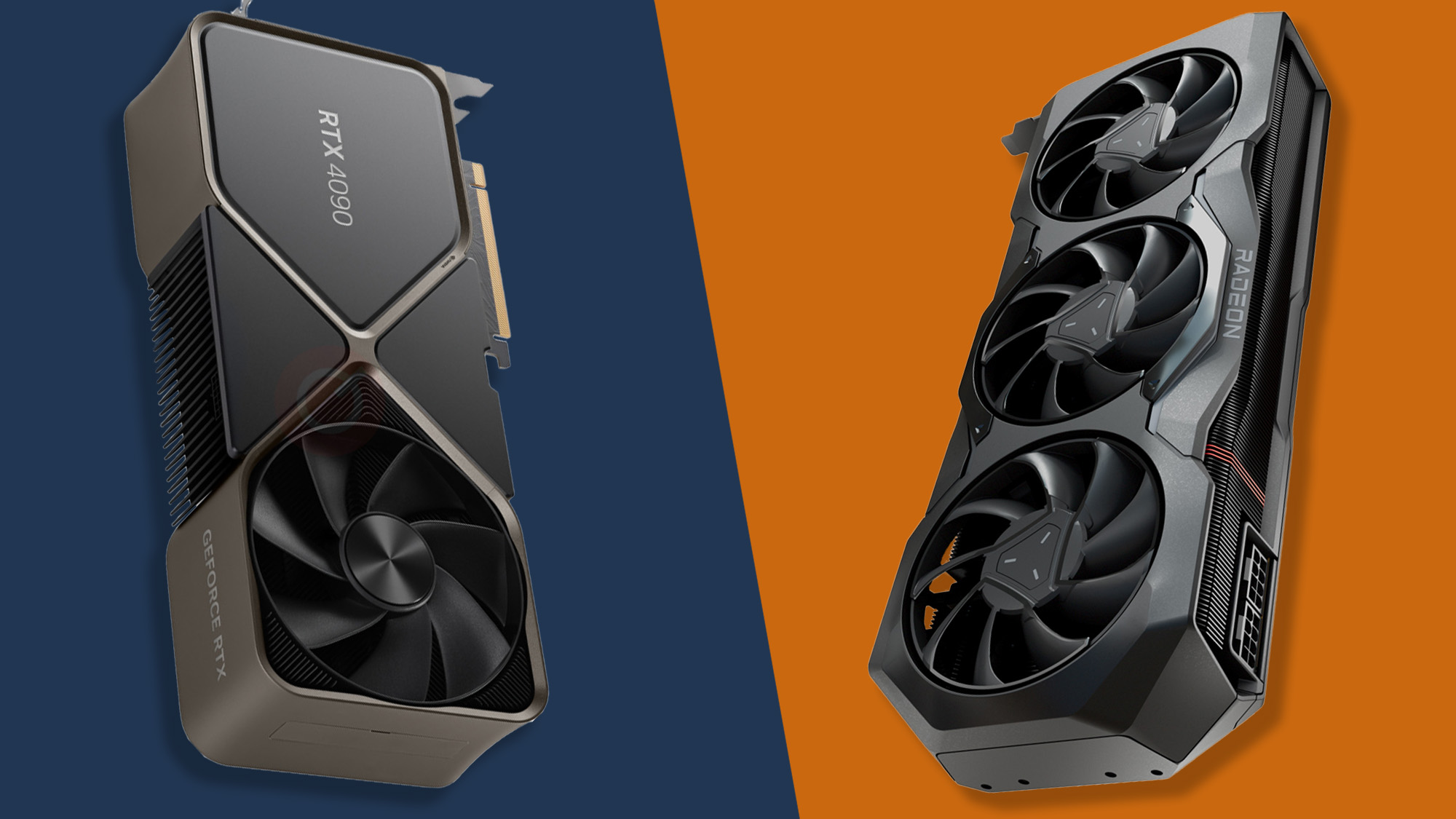Introduction
Knowing the specifications of your computer’s graphics card is essential for various reasons, whether you want to upgrade your graphics capabilities or ensure compatibility with certain software applications. If you are using a Windows 10 operating system, there are several methods you can use to find out the details of your graphics card. In this article, we will explore five different methods that you can follow to discover your graphics card information.
Each method offers its own advantages and can be used based on your familiarity with the Windows operating system and your technical preferences. Some methods involve using built-in tools like Device Manager, DirectX Diagnostic Tool, and System Information Tool, while others require the use of the Command Prompt or third-party software.
Before we dive into the methods, it’s important to note that the steps provided in this article may vary slightly depending on your specific version of Windows 10 and the hardware configuration of your computer. However, the general principles should remain the same.
By following these methods, you will be able to identify the make, model, and other essential details of your graphics card. This information can be helpful when searching for driver updates, troubleshooting graphics-related issues, and determining the performance capabilities of your system.
Now that we have a clear understanding of the importance of knowing your graphics card details and the approach we will be taking, let’s jump right into the first method: Using the Device Manager.
Method 1: Using the Device Manager
If you prefer using a built-in Windows tool to find out the graphics card information on your Windows 10 computer, the Device Manager is a convenient option. The Device Manager provides a comprehensive list of all the hardware devices connected to your system.
Here’s how you can use the Device Manager to find out your graphics card information:
- Press the Windows key + X on your keyboard to open the Power User menu. From the list of options, select “Device Manager.”
- In the Device Manager window, expand the “Display adapters” category by clicking on the arrow next to it.
- You will see the graphics card(s) listed under the “Display adapters” section. Right-click on the graphics card you want to know more about and select “Properties.”
- In the Properties window, navigate to the “Driver” tab. Here, you will find useful information about your graphics card, including the make, model, driver version, and provider.
- Click on the “Details” tab and select the “Hardware Ids” option from the drop-down menu. This will provide you with more specific details about your graphics card.
Using the Device Manager is a straightforward method that allows you to quickly access your graphics card information without the need for any additional software. It is especially useful if you are already familiar with the Windows interface and prefer to avoid installing third-party applications.
Now that you know how to find your graphics card information using the Device Manager, let’s move on to the next method: Using the DirectX Diagnostic Tool.
Method 2: Using the DirectX Diagnostic Tool
The DirectX Diagnostic Tool is a Windows utility that provides detailed information about the DirectX components installed on your computer, including your graphics card. By using this tool, you can easily access information such as the name, driver version, and display memory of your graphics card.
Here’s how you can utilize the DirectX Diagnostic Tool to find out your graphics card information:
- Press the Windows key + R on your keyboard to open the Run dialog box. Type “dxdiag” and press Enter.
- The DirectX Diagnostic Tool window will open, displaying various tabs containing information about your system.
- Click on the “Display” tab to access graphics-related information.
- Under the “Device” section, you will find the name, manufacturer, and driver details of your graphics card.
- Additional information such as the approximate total memory of your graphics card and the DirectX version supported will also be displayed.
The DirectX Diagnostic Tool provides a user-friendly interface for accessing graphics card information, making it an excellent option for those who prefer a straightforward method without the need for third-party software. It is particularly useful for troubleshooting graphics-related issues and ensuring that your system meets the requirements of specific software or games.
Now that you are familiar with how to use the DirectX Diagnostic Tool to find your graphics card information, let’s move on to the next method: Using the System Information Tool.
Method 3: Using the System Information Tool
The System Information Tool, also known as msinfo32, is a built-in Windows utility that provides a comprehensive overview of your computer’s hardware and software configuration. It includes detailed information about your graphics card, making it a reliable method for finding out your graphics card specifications.
Here’s how you can use the System Information Tool to discover your graphics card information:
- Press the Windows key + R on your keyboard to open the Run dialog box. Type “msinfo32” and press Enter.
- The System Information window will open, displaying various categories on the left-hand side.
- Click on “Components” to expand the category and then select “Display.” This will display information related to your graphics card in the main panel.
- Under the “Adapter Description,” you will find the name and model of your graphics card.
- Other details, such as the video memory, driver version, and manufacturer, can be found under the corresponding sections.
The System Information Tool offers a comprehensive view of your system’s hardware, including your graphics card specifications. It is a convenient option if you prefer using built-in Windows utilities and want to access detailed information about your computer’s components in one place.
Now that you know how to utilize the System Information Tool to find your graphics card information, let’s move on to the next method: Using the Command Prompt.
Method 4: Using the Command Prompt
If you’re comfortable with using the Command Prompt, you can utilize various commands to gather information about your graphics card. This method provides a quick way to access your graphics card details without relying on graphical interfaces or third-party software.
Follow these steps to find out your graphics card information using the Command Prompt:
- Press the Windows key + R on your keyboard to open the Run dialog box. Type “cmd” and press Enter to open the Command Prompt.
- In the Command Prompt window, type the command
wmic path win32_VideoController get nameand press Enter. - The command will retrieve the name of your graphics card and display it in the Command Prompt window.
- You can also use the command
wmic path win32_VideoController get descriptionto obtain additional details about your graphics card.
Using the Command Prompt provides a straightforward way to quickly obtain your graphics card’s name and description. It is a useful method if you prefer a command-line approach or need to gather information through scripting for automation purposes.
Now that you know how to use the Command Prompt to find your graphics card information, let’s move on to the final method: Using Third-Party Software.
Method 5: Using Third-Party Software
If you prefer a more user-friendly and comprehensive approach to discover your graphics card information, using third-party software is an excellent option. There are numerous software applications available that specialize in providing detailed hardware information, including graphics card specifications.
Here’s how you can utilize third-party software to find out your graphics card information:
- Research and choose a reputable third-party software that specializes in providing hardware information, such as GPU-Z or Speccy.
- Download and install the software on your Windows 10 computer following the provided instructions.
- Launch the software and navigate to the graphics card section.
- The software will display comprehensive details about your graphics card, including the make, model, driver version, clock speed, temperature, and much more.
- Explore the various tabs or options within the software to find even more specific information about your graphics card if needed.
Using third-party software offers a user-friendly interface and extensive information about your graphics card. These software applications often provide additional features like real-time monitoring and customization options for advanced users.
It’s important to note that when using third-party software, always download from trusted sources to ensure the safety and reliability of the software. Additionally, be mindful of potential compatibility issues with your specific hardware configuration.
With this method, you can take advantage of specialized software to obtain detailed and up-to-date information about your graphics card quickly and conveniently.
Now that we have explored the five different methods to find out your graphics card information on Windows 10, you can choose the method that suits your needs and preferences the best. Whether you opt for the built-in tools like Device Manager, DirectX Diagnostic Tool, or System Information Tool, or choose the flexibility of using the Command Prompt or third-party software, you will be able to discover the essential details of your graphics card with ease.
Conclusion
Knowing the details of your graphics card is crucial for optimizing your system’s performance, troubleshooting graphics-related issues, and ensuring compatibility with software applications and games. In this article, we explored five different methods to find out your graphics card information on Windows 10.
We started with the Device Manager, a built-in tool that provides a quick and easy way to access graphics card details. Then, we discussed the DirectX Diagnostic Tool, which offers a comprehensive overview of DirectX components, including your graphics card specifications. The System Information Tool, another built-in feature, provided a detailed hardware and software configuration overview, with specific details about your graphics card.
If you prefer a command-line approach, we explored using the Command Prompt to retrieve your graphics card information efficiently. Lastly, we discussed the option of utilizing third-party software, which offers a user-friendly interface and in-depth information about your graphics card, often accompanied by additional features and customization options.
Each method has its own advantages and can be chosen based on your familiarity with Windows tools, technical preferences, and requirements. Whether you prefer using built-in utilities, command-line interfaces, or third-party software, these methods will help you obtain the make, model, driver version, and other essential details of your graphics card.
Remember to consider your specific version of Windows 10 and hardware configuration, as the steps may vary slightly. Additionally, when using third-party software, ensure you download from trusted sources to guarantee safety and reliability.
So, whether you are looking to upgrade your graphics capabilities, troubleshoot issues, or ensure software compatibility, the methods discussed in this article will enable you to access your graphics card information effortlessly. Take advantage of these methods to unleash the full potential of your system and enhance your computing experience.







